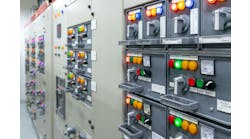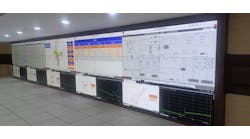The McIlvaine Company, a consultant to utilities, government agencies and contractors, says it submitted a plan to the EPA for removing mercury from power plant stacks. Not only would the plan cut mercury emissions, but plants that install the new technology could make a profit on their investments. The essence of the plan is that higher-emitting utilities will pay lower-emitting utilities an amount based on the number of pounds of mercury they emit. A utility that installs equipment to cut mercury emissions would receive payments from utilities that don’t. The amount would escalate each year until national reduction goals are reached. “With deployment of the latest technology, mercury emissions would be reduced as rapidly as economically possible,” says Bob McIlvaine, president of McIlvaine, Northfield , Ill.



